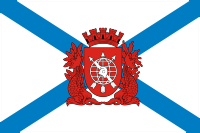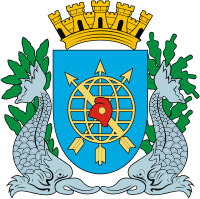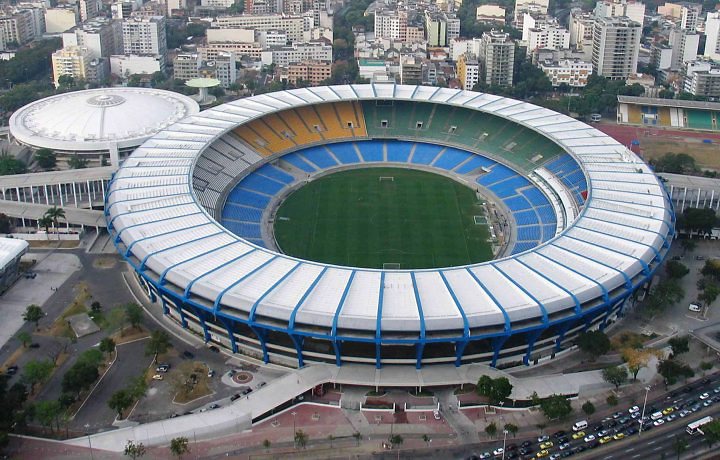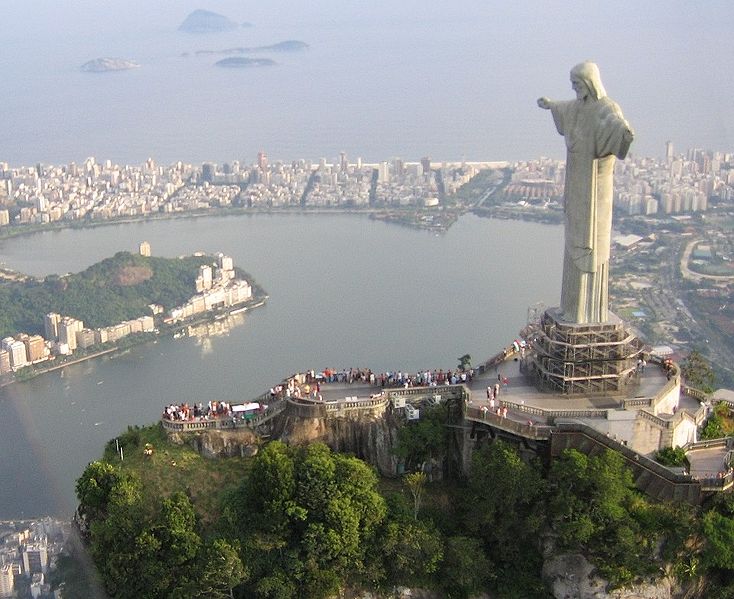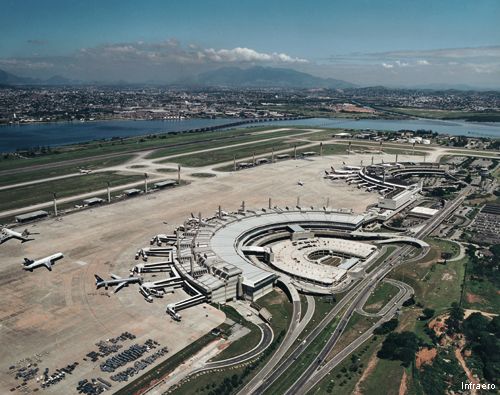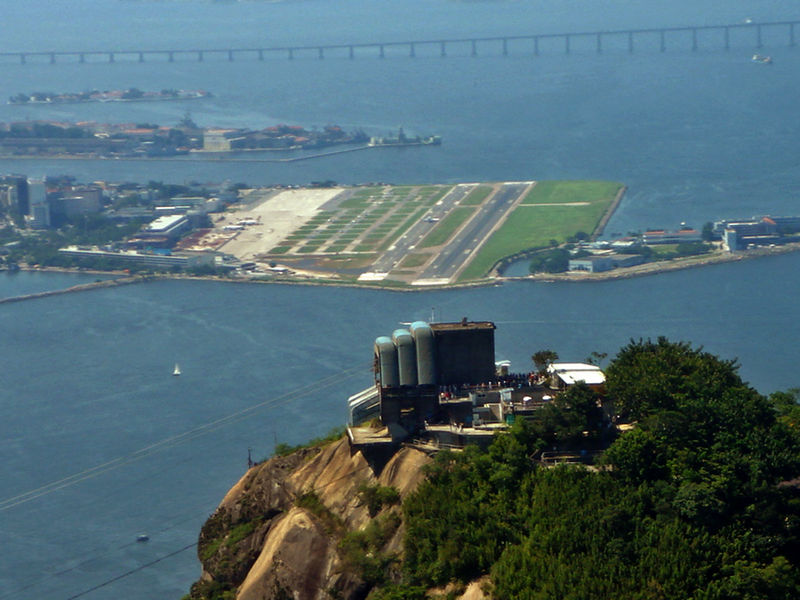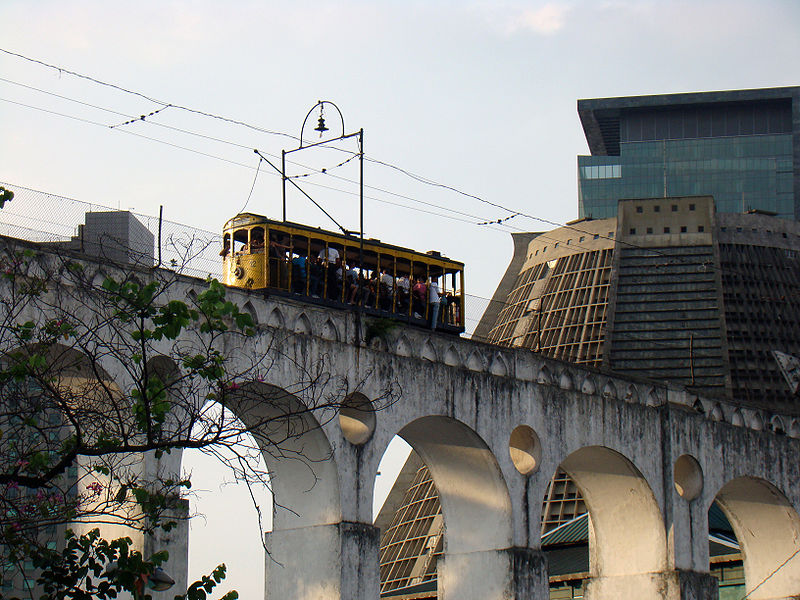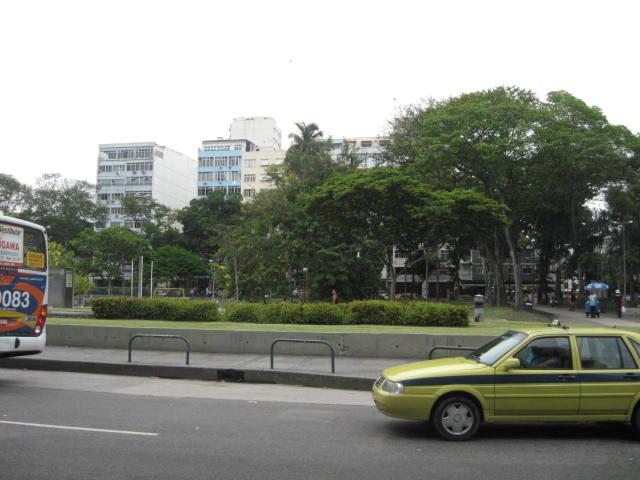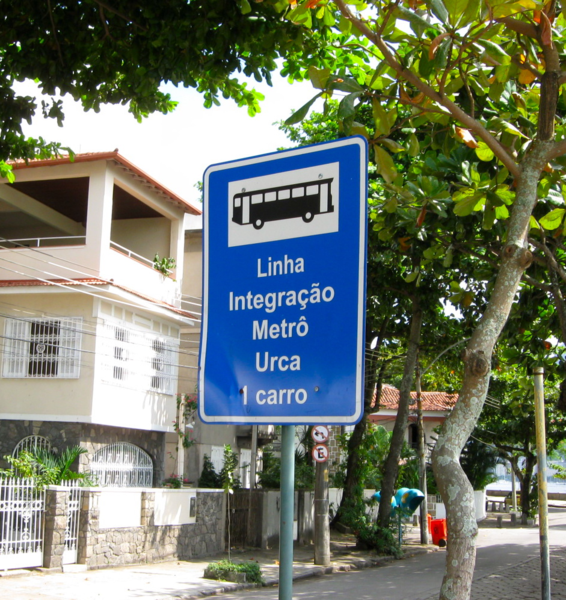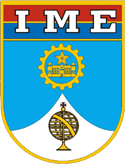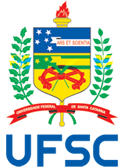Sponsored By
I2TS 2009 Slideshow
Information
I2TS 2009 Gallery
Sponsors for I2TS 2010
| Rio de Janeiro |
 |
 |
 |
| Written by Administrator |
| Tuesday, 03 August 2010 13:50 |
|
Rio de JaneiroRio de Janeiro, commonly referred to simply as Rio, is the capital city of the State of Rio de Janeiro, the second largest city of Brazil and the third largest metropolitan area and agglomeration in South America,6th largest in the Americas.
The city was the capital of Brazil for nearly two centuries, from 1763 to 1815 during the Portuguese colonial era, 1815 to 1821 as the capital of the United Kingdom of Portugal, Brazil and Algarves, and from 1822 to 1960 as an independent nation. Rio is nicknamed A Cidade Maravilhosa or "The Marvelous City." It is considered a Beta World City.
Rio de Janeiro represents the second largest GDP in the country, estimated at about 140 billion reais (IBGE/2007), and is the headquarters of two major Brazilian companies - Petrobras and Vale, and major oil companies and telephony in Brazil, besides the largest conglomerate of media and communications companies in Latin America, the Globo Organizations. Considered by many universities and institutes, is the second largest center of research and development in Brazil, accounting for 17% of national scientific production - according to 2005 data.
Rio de Janeiro is known for its natural settings, carnival celebrations, samba, Bossa Nova, beaches such as Copacabana, Ipanema and Leblon. Some of the most famous landmarks in addition to the beaches include the giant statue of Christ the Redeemer ('Cristo Redentor') atop Corcovado mountain, named one of the New Seven Wonders of the World; Sugarloaf mountain (Pão de Açúcar) with its cable car; the Sambódromo, a permanent parade avenue lined with grandstands which is used during Carnival; and Maracanã stadium, one of the world's largest football stadiums. Rio de Janeiro will host the 2016 Summer Olympics, the first South American city to host the event and will host the final match for 2014 FIFA World Cup.
Rio de Janeiro's Flag Rio de Janeiro' Seal
Educational institutions
The city has several universities. The Ministry of Education has certified approximately 99 upper-learning institutions in Rio. Some notable higher education institutions are:
Tourism and recreationRio de Janeiro is Brazil's primary tourist attraction and resort. It receives the most visitors per year of any city in South America with 2.82 million international tourists a year. The city sports world-class hotels, approximately 80 kilometres of beachland, and the famous Corcovado and Sugarloaf mountains. While the city has in past had a thriving tourism sector, the industry entered a decline in the last quarter of the 20th century.
Maracanã Stadium
Annual international airport arrivals dropped from 621,000 to 378,000 and average hotel occupancy dropped to 50% between 1985 and 1993. Services for tourists were lacking at the time, and visitors frequently found themselves subjected to a hostile environment: Few workers in the commercial sector could speak any language but Portuguese, beach and city pollution was deterring holidayers, and crime against tourists was increasing. The fact that Brasilia replaced Rio de Janeiro as the Brazilian capital and São Paulo as the country's commercial center has also been cited as a leading cause of the decline. Rio de Janeiro's government has since undertaken to modernise the city's economy, reduce its chronic social inequalities, and improve its commercial standing as part of an initiative for the regeneration of the tourism industry.
Corcovado Statue
TransportationAirportsThe City of Rio de Janeiro is served by the following airports:
Galeão - Antonio Carlos Jobim International Airport: used for all international and most of the domestic flights. Since August 2004, with the transfer of many flights from Santos-Dumont Airport, Rio de Janeiro International Airport has returned to being one of the main doorways to Brazil. According to data from the official Brazilian travel bureau, Embratur, nearly 40% of foreign tourists who visit Brazil choose Rio as their gateway, meaning Galeão Airport. Besides linking Rio to the rest of Brazil with domestic flights, Galeão has connections to more than 18 countries. It can handle up to 15 million users a year in two passenger terminals. Located only 20 km (12 mi) from downtown Rio, the international airport is served by several quick access routes, such as the Red Line "Linha Vermelha" and "Linha Amarela" Yellow Line freeways and Brazil Avenue "Avenida Brasil," thus conveniently serving residents of the city's southern, northern and western zones. There are special shuttle buses linking Galeão to Santos-Dumont, and bus and taxi service to the rest of the city. The airport complex also has Brazil's longest runway at 4,000 m (13,123.36 ft), and one of South America's largest and best equipped cargo logistics terminals.
Galeão Airport
Santos Dumont Airport: used mainly by the services to São Paulo, some short- and medium-haul domestic flights, and general aviation. Located on Guanabara Bay just a few blocks from the heart of downtown Rio, during the 1990s Santos-Dumont began to outgrow its capacity, besides diverging from its specialization on short-hop flights, offering routes to many destinations in Brazil. For this reason, in late 2004 Santos-Dumont returned to its original condition of operating only shuttle flights to and from Congonhas Airport in São Paulo, along with regional aviation. The passenger terminal is presently undergoing extensive renovation and expantion to offer more convenience and comfort to users of the Rio-São Paulo shuttle service.
Santos Dumont Airport
Jacarepaguá Airport: used by general aviation and home to the Aeroclube do Brasil (Brasil Flying club). The airport is located in the district of Baixada de Jacarepaguá, within the municipality of Rio de Janeiro approximately 30 km (18 mi) from the city center. Baixada de Jacarepaguá lies between the Atlantic Ocean and the Pedra Branca and Tijuca rocky massifs. The airport is bordered on the north by Jacarepaguá Lagoon, on the south by the Rio de Janeiro Municipal Biological Reserve (Bosque da Barra), and on the east and west by land owned by third parties.
Transport systemIn Rio de Janeiro, buses are the main means of mass transportation. There are nearly 440 municipal bus lines serving over four million passengers each day, in addition to intercity lines. Although cheap and frequent, Rio's transportation policy has been moving towards trains and subway in order to reduce traffic congestion and increase capacity. Driving in Rio de Janeiro, as in most large cities of Brazil, might not be the best choice due to the large car fleet. The city is served by a number of expressways though traffic jams are very common.
MetroRio de Janeiro has two subway lines (Metro Rio) with 42 kilometres (26 mi) and 32 stations plus several commuter rail lines. Future plans include building a third subway line to Niterói and São Gonçalo, including an underwater tunnel beneath Guanabara Bay to supplement the ferry service currently there. The Metro is Rio's safest and cleanest form of public transport. The two lines serve the city seven days a week. The first line runs from General Osório in Ipanema to Saens Peña in Tijuca. The second line runs from Botafogo, sharing ten stations with the first line, terminating at Pavuna in northern Rio. The Metro runs services from 05:00 to 24:00, Monday to Saturday, and from 07:00 to 11:00 on Sundays and public holidays. People can buy tickets for the Metro at train stations and can either buy single tickets or a book of ten or rechargeable cards. People can also buy tickets for the Metro at buses that make connect places far from the Metro. An integrated Metro and bus ticket for a single journey is available and is known as a Metro/Bus.
Rio de Janeiro Metro
Tram Rio de Janeiro has the oldest operating electric tramway, now mainly used by tourists and less by daily commuters. The Santa Teresa Historic Tramway or bondinho, has been preserved both as a piece of history and as a quick, fun, cheap way of getting to one of the most quirky parts of the city. The tram station is near Cinelândia and the Municipal Theatre. Trams leave every half an hour between 6am and 11pm. A ticket is just BR$0.60 (US$0.35), one way or return, and people pay as people go through the barrier to the right of the entrance. The Santa Teresa Tram (known locally as the "bonde") in the Brazilian city of Rio de Janeiro commenced electric operation in 1891, replacing horse-drawn trams and expanding the horse-drawn route. At this time the gauge was altered to 1,100 mm (43.31 in), which remains the case today. The tram cars which are currently in operation are Brazilian-built, are of the cross-bench open sided design, and are fitted with trolley poles.
Santa Teresa tram over the aqueduct arches
TaxiYellow taxis operate with a meter and can be hailed on the street. The flag (bandeira) indicates the tariff and usually reads 1. However, after 21:00, on Sundays, holidays and in December the tariff will be 2, which indicates a price hike of about 20%. Taxis are fairly priced, although some late-night drivers might quote excessive fixed prices. People should check that the meter is reset and indicates the correct tariff. There is a minimum fare, plus a charge per kilometre. Tourists are strongly advised to only use taxis that have an official identification sticker in the window. Executive taxis (either blue or red) operate from the airports. Payment is by pre-paid vouchers, which are available at airport kiosks. Radio taxis are safe and reliable but 30% more expensive than yellow taxis.
Typical yellow taxi of the city
When taking a yellow taxi from the airport make sure you have agreed the price with the driver prior to leaving the airport. Common tricks involve the taxi driver asking for more money because he turned the air-conditioning on, or the driver pretending to get lost and then advising you that he cannot go any further until you pay him the fare agreed upon. When he finally reaches your destination he will then also request a further payment. Most often these tricks will be tried when getting a taxi from the airport. On the whole a taxi around the city or from the city to the airport is generally quite reasonable.
HighwaysIn Brazil, most interstate transportation is done by road. A large terminal for long-distance buses is in the Santo Cristo neighborhood of Rio de Janeiro. There are also two port facilities for cargo and passenger ships (Rio de Janeiro and Sepetiba port). Rio has roads to all neighbour States. Some roads (like Via Dutra, to São Paulo, and a stretch of the BR-101 which covers the Rio-Niterói bridge) were chartered to private enterprises. The quality of the highways improved much, but was accompanied by a significant increase of the toll fees. From São Paulo: take the BR-116 (Presidente Dutra Federal Highway) or the BR-101 (Rio-Santos Federal Highway). From Belo Horizonte: BR-040. From Salvador: BR-101 or BR-324/BR-116/BR-393/BR-040.
BusCity buses are moderately priced and cost about R$ 2.35 to ride. They come in both non-air conditioned (R$ 2.35) and air conditioned versions (R$ 2.40 - R$ 2.70). The system may be relatively safe by day but less so at night . There is also another type of local bus called the "Frescão." This bus runs on a route from Centro through Botafogo, Copacabana, Ipanema and to Leblon (and vice versa). It is more upscale/comfortable and is air conditioned and costs R$ 3.50. However, it is only available during the week. The buses also run more frequently during the rush hours in the morning and evening. Going in the direction of Centro (Downtown), the bus can be flagged down on the beach road (Buses with plaques showing "Castelo"). Coming from Centro, the bus starts off from the Menezes Cortes garage and runs on a road parallel to the beach (but one or two blocks in). It runs on Barata Ribeiro through Copacabana, Prudente de Morais through Ipanema and Av. General San Martin through Leblon. Executive buses cover the whole city constantly throughout the week and may be safer and easier for non-locals to use. The price does vary depending on the distance; for example, it is not the same price to go to Copacabana from Downtown as to go to Barra da Tijuca or Recreio from Downtown.
Bus stop in Urca Source: Wikipedia |
| Last Updated on Sunday, 15 August 2010 11:24 |
 Rio de Janeiro City
Rio de Janeiro City






















